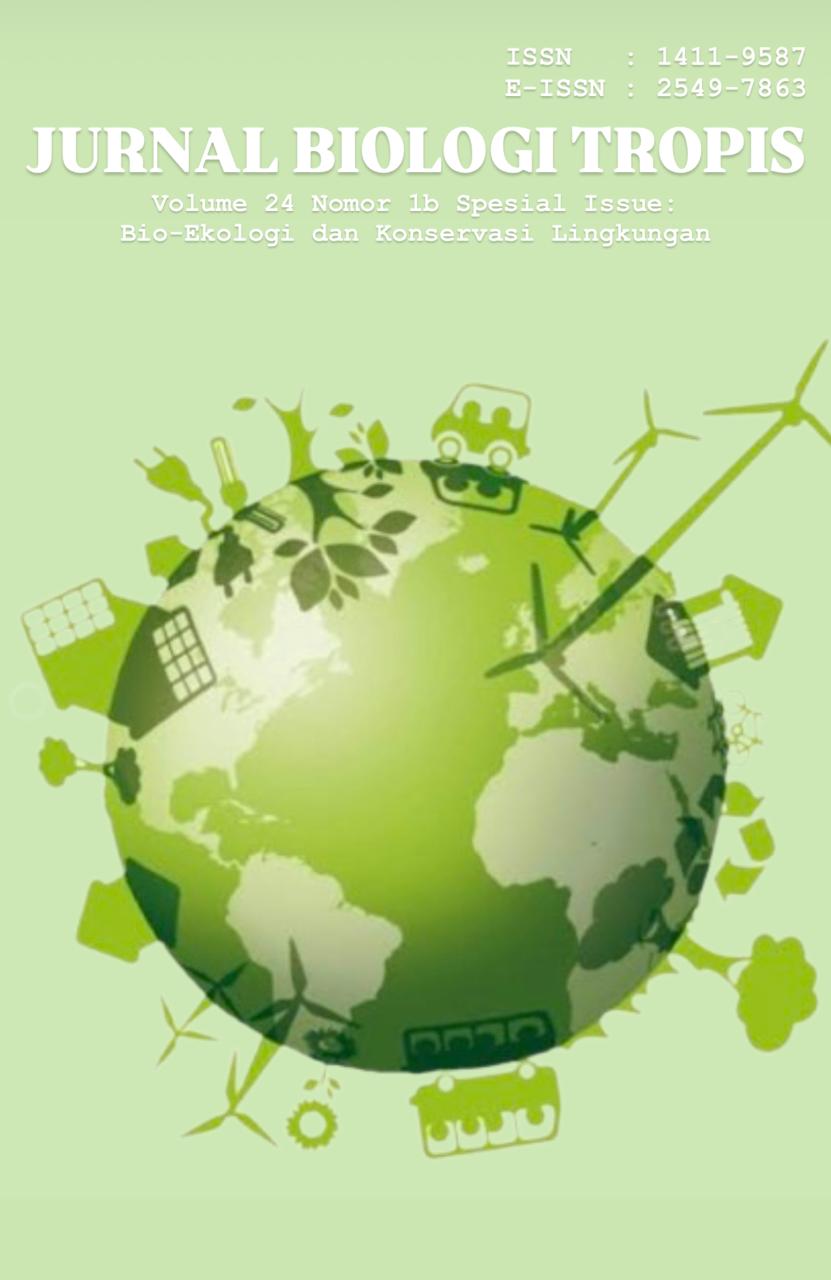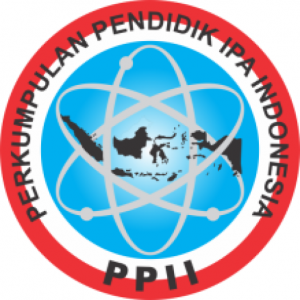Evaluation of Anti-inflammatory Effects of Extract Maggot Black Soldier Fly (Hermetia illucens L.) in vitro study
Authors
Resti Rahayu , Rilwan Efendi , Putra SantosoDOI:
10.29303/jbt.v24i2b.8100Published:
2024-12-28Issue:
Vol. 24 No. 2b (2024): Special IssueKeywords:
amino acids; anti-inflammatory; black soldier fly; diclofenac sodium; protein denaturation.Articles
Downloads
How to Cite
Downloads
Metrics
Abstract
Inflammation is the body's normal protective response, but it is often an over-response that can cause tissue damage. Commercial synthetic anti-inflammatory drugs of steroidal and non-steroidal groups have high side effects. So that alternative anti-inflammatory drugs are needed that have low side effects. Maggot black soldier fly is a type of insect that has begun to be widely studied to utilize its bioactives as anti-inflammatory, one of which is because it is high in protein. Therefore, this study aims to explore the anti-inflammatory properties of black soldier fly maggot extract. Anti-inflammatory testing of maggot extract was carried out using an in vitro heat-induced protein denaturation assay, with diclofenac sodium serving as a commercial drug reference. It was found that maggot extracted with 100% methanol was 5 times more effective than maggot extracted with other methanol concentrations. Amino acid analysis showed increased levels of alanine and arginine, which are believed to contribute to the inhibition of protein denaturation. Thus, maggot extracted with 100% methanol showed better potential as an anti-inflammatory drug.
References
Aditya, M. R. T., Marisa, D., & Suhartono, E. (2015). Potensi antiinflamasi jus buah manggis (Garcinia mangostana) terhadap denaturasi protein in vitro. Berkala Kedokteran, 11(2), 149-156. http://dx.doi.org/10.20527/jbk.v11i2.138.
Afriani, Y., Rahayu, R., and Santoso, P. (2023). Fatty Acid And Hematology Profile Of Black Soldier Fly (Hermetia illucens L.) Maggot Oil In Wound Healing. International Journal of Progressive Sciences and Technologies. 39 (2), pp. 429-433. http://dx.doi.org/10.52155/ijpsat.v39.2.5523
Agustina, E. (2017). Uji aktivitas senyawa antioksidan dari ekstrak daun Tiin (ficus carica linn) dengan pelarut air, metanol dan campuran metanol-air. Klorofil: Jurnal Ilmu Biologi dan Terapan, 1(1), 38-47. http://dx.doi.org/10.30821/kfl:jibt.v1i1.1240.
Akhter, S., Irfan, H. M., Ullah, A., Jahan, S., Roman, M., Latif, M. B., & Althobaiti, Y. S. (2022). Noscapine hydrochloride (benzyl-isoquinoline alkaloid) effectively prevents protein denaturation through reduction of IL-6, NF-kB, COX-2, Prostaglandin-E2 in rheumatic rats. Saudi Pharmaceutical Journal, 30(12), 1791-1801. https://doi.org/10.1016/j.jsps.2022.10.008
Alhakmani, F., Kumar, S., & Khan, S. A. (2013). Estimation of total phenolic content, in–vitro antioxidant and anti–inflammatory activity of flowers of Moringa oleifera. Asian Pacific journal of tropical biomedicine, 3(8), 623-627. https://doi.org/10.1016/S2221-1691(13)60126-4
Ansar W, & Ghosh S (2016). Inflammation and Inflammatory Diseases, Markers, and Mediators: Role of CRP in Some Inflammatory Diseases. Biology of C Reactive Protein in Health and Disease. 67–107. doi:10.1007/978-81-322-2680-2_4.
Babu SV, Shareef MM, Shetty AP, & Shetty KT (2002). HPLC method for amino acids profile in biological fluids and inborn metabolic disorders of aminoacidopathies. Indian J Clin Biochem. 17(2):7-26. doi:10.1007/BF02867967.
Bersimbaev, R. I., Yugai, Y. E., Hanson, P. J., & Tzoy, I. G. (2001). Effect of nitric oxide on apoptotic activity in the rat gastrointestinal tract. European journal of pharmacology, 423(1), 9-16. https://doi.org/10.1016/S0014-2999(01)01095-0
Bogdan, C. (2001). Nitric oxide and the immune response. Nature immunology, 2(10), 907-916. https://doi.org/10.1038/ni1001-907
Buchi (2018). Operation Manual (Original), KjelMaster K-375 with KjelSampler K-376 / K-377. BÜCHI Labortechnik AG. 11593514 en. https://assets.buchi.com/image/upload/v1682359306/pdf/Operation-Manuals/OM_11593514_K-375_K-376_K-377_en.pdf
Chandra, S., Chatterjee, P., Dey, P., & Bhattacharya, S. (2012). Evaluation of anti-inflammatory effect of ashwagandha: a preliminary study in vitro. Pharmacognosy Journal, 4(29), 47-49. https://doi.org/10.5530/pj.2012.29.7
Choi, Y. H., Choi, Y. S., Kim, Y. K., Rahman, M. S., Pradeep, G. C., Yoo, J. C., & Suh, J. W. (2017). A multifunctional alanine-rich anti-inflammatory peptide BCP61 showed potent inhibitory effects by inhibiting both NF-κB and MAPK expression. Inflammation, 40, 688-696. https://doi.org/10.1007/s10753-017-0515-7
Clementi, E., Borgese, N., & Meldolesi, J. (2003). Interactions between nitric oxide and sphingolipids and the potential consequences in physiology and pathology. Trends in pharmacological sciences, 24(10), 518-523. https://doi.org/10.1016/j.tips.2003.08.008
De Palma, C., Di Paola, R., Perrotta, C., Mazzon, E., Cattaneo, D., Trabucchi, E., & Clementi, E. (2009). Ibuprofen–arginine generates nitric oxide and has enhanced anti-inflammatory effects. Pharmacological research, 60(4), 221-228. doi:10.1016/j.phrs.2009.06.002
Dharmadeva, S., Galgamuwa, L. S., Prasadinie, C., and Kumarasinghe, N. (2018). In vitro anti-inflammatory activity of Ficus racemosa L. bark using albumin denaturation method. AYU (An international quarterly journal of research in Ayurveda), 39(4), 239-242. DOI: 10.4103/ayu.AYU_27_18
Dilokekunakul, W., Klomkliang, N., Phadungbut, P., Chaemchuen, S. and Supasitmongkol, S. (2020). Effects of functional group concentration, type, and configuration on their saturation of methanol adsorption on functionalized graphite, Applied Surface Science. 501. 144121. https://doi.org/10.1016/j.apsusc.2019.144121.
Dossey, A.T. (2016) Insects as Sustainable Food Ingredients, Insects as Sustainable Food Ingredients. doi:10.1016/c2014-0-03534-4.
Eze, F. I., Uzor, P. F., Ikechukwu, P., Obi, B. C., & Osadebe, P. O. (2019). In vitro and In vivo Models for Anti-inflammation: An Evaluative. enzyme, 1(1), 278. DOI: 10.36922/itps.v2i2.775
Grant, N. H., Alburn, H. E., & Kryzanauskas, C. (1970). Stabilization of serum albumin by anti-inflammatory drugs. Biochemical pharmacology, 19(3), 715-722. https://doi.org/10.1016/0006-2952(70)90234-0
Gunathilake, K. D. P. P., Ranaweera, K. K. D. S., & Rupasinghe, H. V. (2018). In vitro anti-inflammatory properties of selected green leafy vegetables. Biomedicines, 6(4), 107. https://doi.org/10.3390/biomedicines6040107
Herold, K., & Mrowka, R. (2019). Inflammation—Dysregulated inflammatory response and strategies for treatment. Acta Physiologica, 226(3). doi:10.1111/apha.13284.
Houghton, P. & Raman, A. (2012). Laboratory handbook for the fractionation of natural extracts. Springer Science & Business Media. pp: 24. ISBN 978-1-4613-7662-0
Jubaidah, S., Nurhasnawati, H. & Wijaya, H. (2016). Penetapan kadar protein tempe jagung (Zea mays L.) dengan kombinasi kedelai (Glycine max (L.) Merill) secara spektrofotometri sinar tampak, Jurnal Ilmiah Manuntung, 2(1), pp. 111–119. doi:10.51352/jim.v2i1.55.
Mangunsong, S. & Marsela, L. (2021). Efek ekstrak metanol maggot (H.illucens) terhadap penyembuhan luka terbuka pada tikus (Rattus novergicus), JKPharm Jurnal Kesehatan Farmasi, 3(2), pp. 99–104. doi:10.36086/jkpharm.v3i2.1083.
Noviyanty, A., Salingkat, C.A. & Syamsiar, S. (2019). Pengaruh jenis pelarut terhadap ekstraksi dari kulit buah naga merah (Hylocereus polyrhizus). KOVALEN: Jurnal Riset Kimia, 5(3), pp. 271–279. doi:10.22487/kovalen.2019.v5.i3.14037.
Osman, N. I., Sidik, N. J., Awal, A., Adam, N. A. M., & Rezali, N. I. (2016). In vitro xanthine oxidase and albumin denaturation inhibition assay of Barringtonia racemosa L. and total phenolic content analysis for potential anti-inflammatory use in gouty arthritis. Journal of intercultural ethnopharmacology, 5(4), 343. doi: 10.5455/jice.20160731025522
Pace, C. N., Treviño, S., Prabhakaran, E., & Scholtz, J. M. (2004). Protein structure, stability and solubility in water and other solvents. Phil. Trans. R. Soc. Lond. 359, 1225-1235. doi: 10.1098/rstb.2004.1500
Rahayu, R., Rahmawati, R., Mairawita, Devianto, D., & Putra, R. E. (2023). Performance of Tropical Fruit Wastes as Oviposition Attractants and Growing Substrates in Rearing Black Soldier Fly (Hermetia illucens). International Journal Of Agriculture and Biology, 30(3) 221‒228. DOI: 10.17957/IJAB/15.2079
Rusli, Z. and Setiani, L.A. (2020). Modifikasi Metode Analisis Daya Hambat terhadap Proses Denaturasi Protein yang Diinduksi oleh Panas. CHEESA: Chemical Engineering Research Articles, 3(2), p. 55. doi:10.25273/cheesa.v3i2.7499.55-62
Salehi, S., Koeck, K. & Scheibel, T. (2020). Spider silk for tissue engineering applications. Molecules, 25(3), p. 737. https://doi.org/10.3390/molecules25030737
Sangiuliano, B., Pérez, N. M., Moreira, D. F., & Belizário, J. E. (2014). Cell death‐associated molecular‐pattern molecules: inflammatory signaling and control. Mediators of inflammation, 821043.https://doi.org/10.1155/2014/821043
Silvestrini, B. & Silvestrini, M. (2016). Medical Implications of the Relationships among Protein Denaturation, Necrosis and Inflammation: An Intriguing Story. Intech, 11(tourism), p. 13. http://dx.doi.org/10.5772/intechopen.108018.
Sostres, C., Gargallo, C. J., Arroyo, M. T., & Lanas, A. (2010). Adverse effects of non-steroidal anti-inflammatory drugs (NSAIDs, aspirin and coxibs) on upper gastrointestinal tract. Best practice & research Clinical gastroenterology, 24(2), 121-132. https://doi.org/10.1016/j.bpg.2009.11.005
Speer, H., D’Cunha, N. M., Davies, M. J., McKune, A. J., & Naumovski, N. (2020). The physiological effects of amino acids arginine and citrulline: is there a basis for development of a beverage to promote endurance performance? A narrative review of orally administered supplement Beverages, 6(1), 11.https://doi.org/10.3390/beverages6010011
Tamales, D. A., Dewi, N., & Rosida, L. (2016). Extract of haruan (channa striata) extract increasing reepithelialization count in wound healing process on wistar rat’s buccal mucosa. Journal of Dentomaxillofacial Science, 1(1), 12-15. https://doi.org/10.15562/jdmfs.v1i1.17
Tonk, R., Tewatia, S., Majeed, S., & Dagar, M. (2020). Non-steroidal Anti-inflammatory Drugs (NSAIDS): Chemistry, Mechanism and their Adverse events. American Journal of PharmTech Research, 208(5), 43-49.doi:10.46624/ajphr.2020.v8.i5.004.
Umapathy, E., Ndebia, E. J., Meeme, A., Adam, B., Menziwa, P., Nkeh-Chungag, B. N., & Iputo, J. E. (2010). An experimental evaluation of Albuca setosa aqueous extract on membrane stabilization, protein denaturation and white blood cell migration during acute inflammation. J Med Plants Res, 4(9), 789-795. DOI: 10.5897/JMPR10.056
Utari, S., Rahayu, R., & Santoso, P. (2023). Fatty Acid as an Anti-inflammatory Component from Black Soldier Fly (Hermetia illucens) Prepupa Oil. International Journal of Progressive Sciences and Technologies, 40(2), 107-108. doi: 10.52155/ijpsat.v40.2.5524
Wakeel A, Jan SA, Ullah I, Shinwari ZK, & Xu M (2019). Solvent polarity mediates phytochemical yield and antioxidant capacity of Isatis tinctoria. PeerJ. 9;7:e7857. doi: 10.7717/peerj.7857.
Wijaya, H., Novitasari, N., & Jubaidah, S. (2018). Perbandingan metode ekstraksi terhadap rendemen ekstrak daun rambai laut (Sonneratia caseolaris L.). Jurnal Ilmiah Manuntung, 4(1), 79-83. https://doi.org/10.51352/jim.v4i1.148
Williams, L.A.D., Vasquez, E.A., Milan, P.P., Zebitz, C., & Kraus, W. (2002). In Vitro Anti-Inflammatory and Antimicrobial Activities of Phenylpropanoids from Piper betle L. (Piperaceae). In: Rauter, A.P., Palma, F.B., Justino, J., Araújo, M.E., dos Santos, S.P. (eds) Natural Products in the New Millennium: Prospects and Industrial Application. Proceedings of the Phytochemical Society of Europe, vol 47. Springer, Dordrecht. https://doi.org/10.1007/978-94-015-9876-7_22
License
Copyright (c) 2024 Resti Rahayu, Rilwan Efendi, Putra Santoso

This work is licensed under a Creative Commons Attribution 4.0 International License.

Jurnal Biologi Tropis is licensed under a Creative Commons Attribution 4.0 International License.
The copyright of the received article shall be assigned to the author as the owner of the paper. The intended copyright includes the right to publish the article in various forms (including reprints). The journal maintains the publishing rights to the published articles.
Authors are permitted to disseminate published articles by sharing the link/DOI of the article at the journal. Authors are allowed to use their articles for any legal purposes deemed necessary without written permission from the journal with an acknowledgment of initial publication to this journal.


























